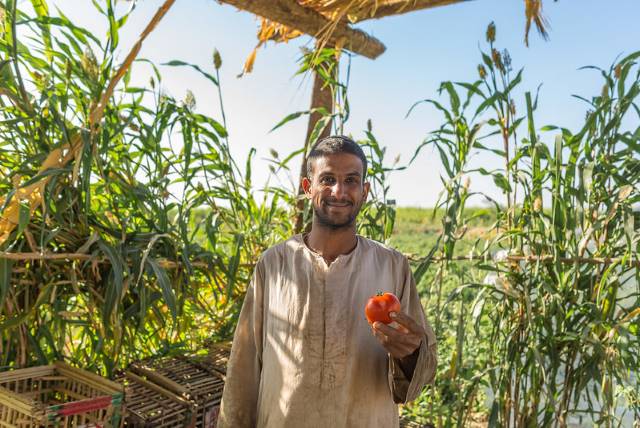Introduction: Why I chose politics and why the Ethiopian water conflict matters
Welcome to my blog about water and development in Africa!
In this blog, I will focus on the political aspects of the continent's water management. I found this theme intriguing for two intersecting reasons. First, questions of water allocation are inherently political because it is essential for our lives, while its distribution is immensely unequal. However, it is not only about drinking; the resource determines regions' and countries' agriculture, industry, and energy supply. Second, as this shows, politics influences every aspect and scale of water usage. It is vital in conflicts or cooperation among countries in shared river basins and crucial in domestic water governance. Colonial legacies, negotiations on water distributions, economic interests and technologies are inherently political, giving me good material for the coming weeks.
My topic will be the 'classic' case study around the conflicts of the Nile Basin between Ethiopia and Egypt. This is because, in 2019, I travelled to Ethiopia, the only Sub-Saharan country I have been to. This journey changed my view of Africa. Although, before it, my imagination of the nature and people of the continent relied on movies and books from the West, I had similar pictures and narratives in my head that Wainaina mocked. One of the things that surprised me was how green Ethiopia is and how much water the country has; it is no surprise that they call it the 'Watertower of Africa'. The basis of the water conflict is that the government wants to use this position to produce energy through the Ethiopian Grand Rennesaince Dam (GERD) on the Blue Nile.
 |
Waterfall on the Nile: landscapes like these changed my perspectives about 'dry Africa with only deserts' (Photo by me, 2019) |
This dispute is fascinating because it highlights the most essential principles in human ecology that 'the social is embedded in the ecological'. The politics of the transboundary water dispute between Egypt and Ethiopia is deeply influenced by a natural resource. Therefore, an interdisciplinary approach is required in its solution, which does not divide the world into social and human systems. The Nile case study also shows that conflicts over environmental resources will increase because of the changing climate. Despite the significant number of water resources in Ethiopia, similarly to the whole continent, it is affected by unequal temporal precipitation variability due to global warming. As rain flow becomes more unpredictable, governments often build dams to store water for dryer seasons. Besides this and electricity production, the construction of GERD benefits Ethiopia with political leverage on the downstream countries: Egypt and Sudan. However, for Egypt, completing the project could be a disaster as the Nile's water flow sustains over 90% of the country's needs, especially agriculture, while most of the river's water flow comes from the Blue Nile.
 |
| Nile Basin Map: The grandiose river go through many countries, but most water flow comes from the Blue Nile |
However, Africa's changing climate and geophysical landscape are only one reason behind the unresolved conflict between the three countries. In the following weeks, I will focus on other factors that hinder cooperation, starting with the history of water management influenced by colonial treaties. After I elaborate on these challenges, I aim to offer a solution for fair water management for both countries.




Comments
Post a Comment